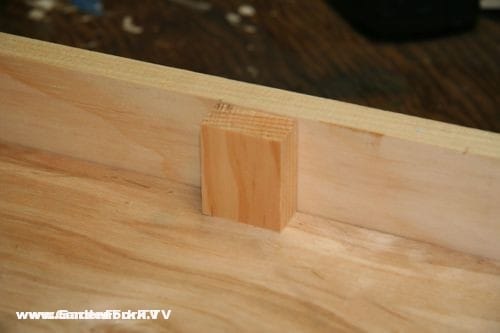The mountain camp method of feeding your bees sugar during winter is the best way I’ve found so far to provide bees with an emergency food source. For whatever reason, honeybees may run through their winter food stores, and need additional food to get through the tough winter months. The mountain camp method provides this back up food source in a brilliantly simple way. Watch our intro video and follow up video, then read through the rest of this beekeeping 101 post.
Mountain Camp Method How To

Before I started to use this technique, every fall I would make sugar patties for the top of the hives as an emergency feed. They work fine, but making sugar cakes is a pain. This does the same thing.
The mountain camp method of feeding honeybees emergency sugar is pretty simple. And that’s why I love it. Here’s how to do it:
- Lay a sheet of newspaper over the top of the hive, cutting it down so there is space around the inside perimeter of the hive box.
- Pour granulated sugar on top of the newspaper.
- Spray the pile of sugar with water so it crusts over.
- Place a spacer shim and/or an insulated inner cover over the pile of sugar.
- Tilt and strap your hives down for winter.
 We built these DIY insulated inner covers that have a spacer built in to allow for sugar feeding, be it sugar syrup in zipper bags or pollen patties. If you don’t use a cover with that allows for this, you can build a simple spacer out of 1″x3″ common pine. I haven’t seen a spacer that’s deep enough for sale anywhere. They are easy to make.
We built these DIY insulated inner covers that have a spacer built in to allow for sugar feeding, be it sugar syrup in zipper bags or pollen patties. If you don’t use a cover with that allows for this, you can build a simple spacer out of 1″x3″ common pine. I haven’t seen a spacer that’s deep enough for sale anywhere. They are easy to make.


This pile of sugar on top of the hive provides a second benefit, it absorbs moisture in the hive during winter, and prevents condensation from dripping back down on to the bees. Wet bees in winter is a very bad thing.
Questions I have gotten about this method:
Can I feed them this dry sugar instead of sugar syrup in the fall? No. You still need to feed the bees sugar syrup in the fall. Watch our Sugar Syrup Feed videos.
My bees have plenty of honey and I fed them sugar syrup during the fall, why do I need to do this? I do the same thing in the fall, but the dry sugar is an emergency winter feed. Sometimes bees run out of their own stores, or sometimes they can’t get to them. Below is a photo of bees taking up sugar I provided them. If I hadn’t provided the bees with this emergency sugar, they would be dead now.

Why is it called mountain camp? From what I understand, a person who goes by that name posted this method online a while back and the name stuck.
 Check out more of our beekeeping 101 and winter prep videos and posts:
Check out more of our beekeeping 101 and winter prep videos and posts:
Build an Insulated Inner Cover
Let us know your comments below, thanks!



















